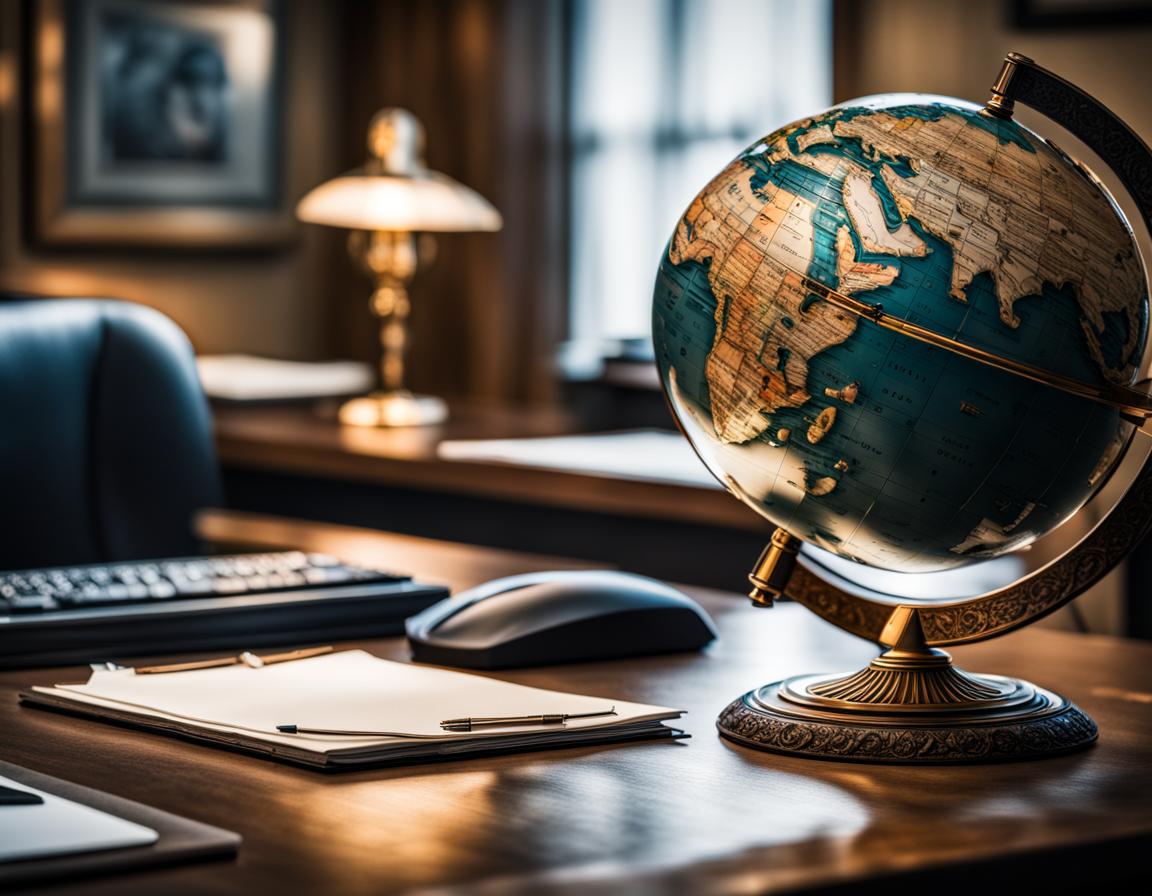
Introduction
“A collection is the reflection of personal conventions and views” (Andrea Picinati-Deloitte network)
In a realm where rarity meets passion and value transcends the ordinary, collecting becomes a form of art, expressing one’s own passions, that often links to a desire to create a store of value. Collectables can represent objects from various fields that are in high demand and often have limited availability. A collectable item typically tends to increase in value over time, making it an attractive alternative investment and capturing the interest of collectors, playing an important role as a store of value.
The world of collectables
Collectables, ranging from cars, watches, coins, music, timepieces, vintage fashion, autographs, comics, film posters, to paintings, embody items cherished both as hobbies and investments. This diverse category’s value hinges on the delicate balance of supply and demand.
While many individuals engage in collecting driven by pure curiosity and passion, the collectables industry has evolved into a robust investment instrument, gaining prominence in investors’ portfolios. Primary forms of contemporary collections are the following.
- Art: Maybe the oldest form of collection, includes paintings, sculptures, pictures as well as tools possessed by the artist and more. Art is one of the main industry sectors involved in collectables, whose value in 2022 generated nearly 68 billion U.S. dollars.
- Cars: Ranging from vintage to the latest models, the automotive realm holds a significant place in the collectables market, with values appreciating over time.
- Wine: Alcoholic beverages, particularly wine, stand out in the collectables market due to their aging potential and increasing value over time, appealing not just for investment but also for the pleasure of tasting.
Collection allows individuals to combine the desire of owning an item for hobby and the opportunity to invest liquidity, potentially preserving or augmenting their capital. However, it’s crucial to acknowledge the potential for value depreciation. The value of a collectable is influenced by the ebb and flow of demand and supply, introducing the risk of a decrease in its overall worth.
For many enthusiasts, the potential for value loss does not serve as a deterrent to entering the collectables market, especially when their interest is primarily focused on possessing the object rather than its investment potential. In public discourse, collectables may not always be perceived as alternative investments unless there is a clear intention to derive profit from both the purchase and subsequent sale. The moment collecting becomes a practical means of safeguarding liquidity and realizing profits through sales, the collectables market transforms into an alternative investment tool.
Considerations of high costs further shape an individual’s decision to invest in a particular item. Insurance expenses, taxes related to maintenance, and the risk of encountering counterfeit items during the purchase process are pivotal factors that weigh on the choice of whether to buy a collectable or not. Understanding and navigating these financial aspects become crucial elements for individuals contemplating entry into the world of collectables.
Collectables are surely an alternative tool of diversification, and their potential gain can attract investments of high values. In some cases, these assets guarantee a stable but low return and it can be difficult for the possessor to transform the asset in liquidity: for some items the market is very restrained and selling it can be a hard step.

Collectable markets
From the Collectibles Market Size, Statistics, Growth Trend Analysis and Forecast Report, 2023 – 2033 emerges that the estimated size of the Collectables market in 2023 stands at $462 billion and is expected to exceed $1 trillion by 2033
This sector is experiencing a broadening landscape as new categories of collectables gain traction, expanding the scope of the collectables industry.
One of the reasons is the increase of online platforms that allows easy access to the market, providing a wider reach of collectors. Moreover, the emotional and nostalgic value of collectables connects with a wide audience.
Another key aspect is the imprint given by blockchain technology, that enhances authenticity and provenance tracking of the items.
Like many other sectors, the collectables market has been disrupted by the pandemic outbreak. However, at the same time, COVD-19 has started an increasing digitalization of collectables trading. Online auctioning increased the participation of buyers and the evolving of e-trading platforms have registered a steady increase in sales.
In addition, with the explosion of blockchain use, NFTs spread as a collectable asset over the years, covering every aspect of the collectable market. Non fungible tokens are digital assets that link to a particular object, asset or value. In this contest, the interchangeable tokens market has improved over the years, experiencing a decline in 2022 due to economic uncertainty in various countries, but still holds huge potential in the long run. The NFT Market is highly fragmented in the current scenario, as the NFTs ecosystem keeps expanding in various fields: sports, music, art, movie avatars, and more. The main use of NFTs addresses to the world or art: NFTs are mainly used within the art market to prove the authenticity of digital works of art.
For further information on the topic: The Anatomy of NFTs – ThePlatform
Collectables and wealth have consistently maintained a close connection, particularly within the luxury market. According to a survey conducted by Credit Suisse among individuals with wealth exceeding 30 million USD dollars, the majority exhibit a low exposure, ranging between 2% and 5%. The part of this population that has no exposure to collecting corresponds to 13%.
Conclusion
The world of collectables holds a unique allure for individuals who see them as both passion and a form of investment, allowing individuals to combine the joy of ownership with the potential for financial gain. The collectables market continues to evolve with the introduction of new categories and with the evolving of online platforms.The scarcity and uniqueness of collectables provide a sense of rarity in a world dominated by mass production.
Despite challenges, the collectables market remains dynamic, with NFTs offering new avenues for investment and expression. As the market continues to expand and adapt to technological advancements, it represents not only a realm of passion and sentiment but also an increasingly recognized alternative tool for preserving liquidity and gaining profits.
Join ThePlatform to have full access to all analysis and content: https://www.theplatform.finance/registration/
Disclaimer: https://www.theplatform.finance/website-disclaimer/




